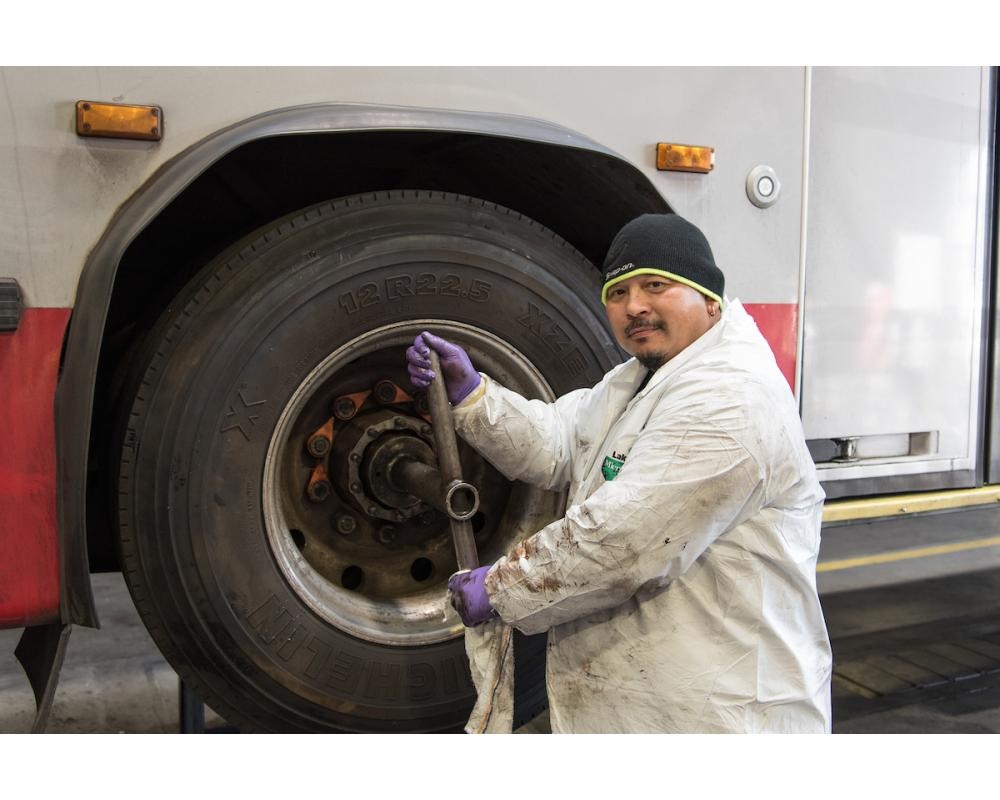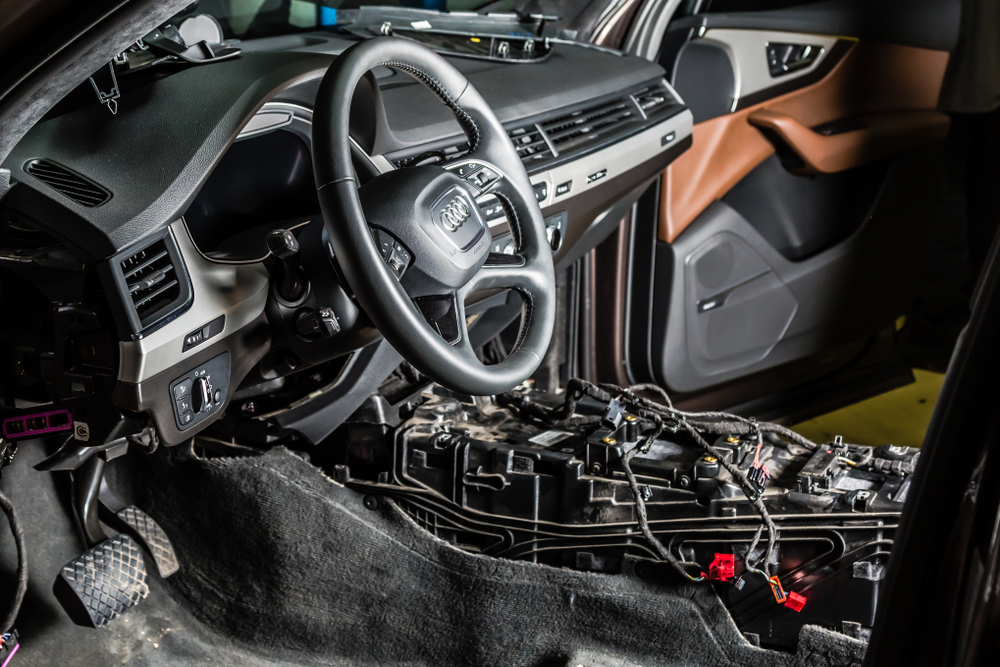Despite their apparent durability, car taillights can sustain damage from even little incidents that isn’t always obvious. Even though a minor fender bender or parking lot scrape might seem insignificant, they can seriously impair the efficiency and safety of your taillights. To make sure your taillights stay completely operational, you must be aware of the possible consequences of these minor collisions. You should be aware of the hidden harm that minor crashes can do to your car’s taillight system. For a thorough inspection and professional service, it’s wise to consult experts in Auto Repair in Warwick, RI.
Cracks and Micro-Fractures in the Lens
The development of cracks or micro fractures in the taillight lens is one of the most frequent effects of minor collisions. At first, these cracks may be small and invisible, but with time, exposure to vibrations, temperature fluctuations, and moisture can make them worse. Water and dirt can enter the housing through even a small chip, which can reduce light clarity and cause fogging.
Damage to Internal Components
Small collisions can also harm the interior parts of the taillight assembly in addition to the lens’s obvious damage. In a collision, the circuit boards, wiring, or light sockets could get damaged or loose. This unseen deterioration may result in flickering, sporadic lighting failures, or total bulb burnout. These issues frequently go unreported until the taillight fully fails, putting you at risk while driving, because they are not always evident during a fast check.
Compromised Seals and Moisture Intrusion
The seals surrounding the taillight housing that shield the interior parts from dust and moisture can also be harmed by minor impacts. Water can leak into the assembly when these seals are broken, causing condensation to accumulate and electrical components to corrode.
The Risk of Reduced Visibility and Safety
If damaged taillights are not fixed right away, there is a significant risk to public safety. It is more difficult for other drivers to detect your intentions when your signals are dim or flicker, which raises the possibility of an accident, particularly at night or in bad weather.
When to Inspect and Repair after a Collision
Any collision, no matter how minor, should be checked for taillight damage. For noticeable fissures, internal lens moisture, or odd illumination patterns. If you suspect hidden issues, professional diagnostics may show interior harm. If minor errors are caught early, your taillights will work reliably.
Conclusion
Although tiny, minor crashes can damage your car’s taillights, reducing their lifespan, functionality, and safety. Cracks, internal component degradation, and compromised seals can reduce visibility and increase accident risk. Routine inspections and quick repairs after minor collisions keep you and your taillights safe. Don’t ignore the unforeseen consequences of simple car illumination changes.




